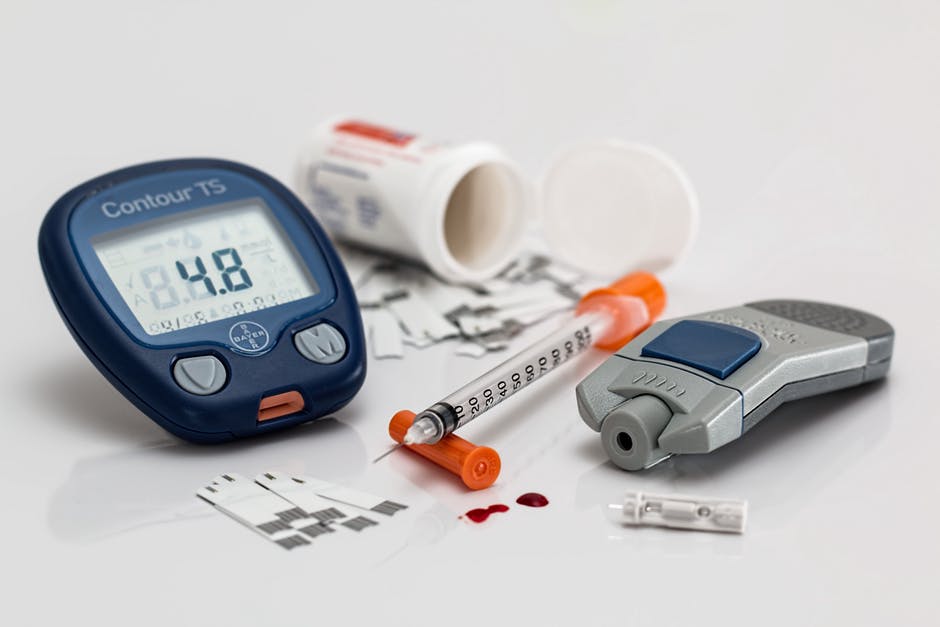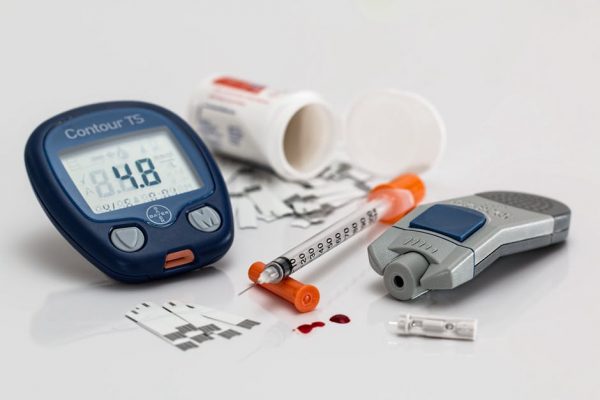Type 2 diabetes, once known as adult-onset, or non-insulin-dependent diabetes, is a chronic condition that affects the way your body metabolizes sugar (glucose), your body’s important source of fuel.
With type 2 diabetes, your body either resists the effects of insulin, a hormone that regulates the movement of sugar into your cells, or doesn’t produce enough insulin to maintain a normal glucose level.
More common in adults, type 2 diabetes increasingly affects children as childhood obesity increases. There’s no cure for type 2 diabetes, but you may be able to manage the condition by eating well, exercising, and maintaining a healthy weight. If diet and exercise aren’t enough to manage your blood sugar well, you also may need diabetes medications or insulin therapy.
Signs and symptoms of type 2 diabetes often develop slowly. In fact, you can have type 2 diabetes for years and not know it. Look for:
- Increased thirst and frequent urination. Excess sugar building up in your bloodstream causes fluid to be pulled from the tissues. This may leave you thirsty. As a result, you may drink, and urinate, more than usual.
-
Increased hunger.
Without enough insulin to move sugar into your cells, your muscles and organs become depleted of energy. This triggers intense hunger.
-
Weight loss.
Despite eating more than usual to relieve hunger, you may lose weight. Without the ability to metabolize glucose, the body uses alternative fuels stored in muscle and fat. Calories are lost, as excess glucose is released in the urine.
-
Fatigue.
If your cells are deprived of sugar, you may become tired and irritable.
-
Blurred vision.
If your blood sugar is too high, fluid may be pulled from the lenses of your eyes. This may affect your ability to focus.
-
Slow-healing sores or frequent infections.
Type 2 diabetes affects your ability to heal and resist infections.
-
Areas of darkened skin.
Some people with type 2 diabetes have patches of dark, velvety skin in the folds and creases of their bodies, usually in the armpits and neck. This condition, called acanthosis nigricans, may be a sign of insulin resistance.
Causes
Type 2 diabetes develops, when the body becomes resistant to insulin, or when the pancreas stops producing enough insulin. Exactly why this happens is unknown, although genetics and environmental factors, such as excess weight and inactivity, seem to be contributing factors.
- Risk Factors
Researchers don’t fully understand why some people develop type 2 diabetes and others don’t. It’s clear, however, that certain factors increase the risk, including:
Being overweight is a primary risk factor for type 2 diabetes. The more fatty tissue you have, the more resistant your cells become to insulin. However, you don’t have to be overweight to develop type 2 diabetes.
-
Fat distribution.
If your body stores fat primarily in your abdomen, your risk of type 2 diabetes is greater than if your body stores fat elsewhere, such as your hips and thighs.
The less active you are, the greater your risk of type 2 diabetes. Physical activity helps you control your weight, uses up glucose as energy and makes your cells more sensitive to insulin
-
Family history.
The risk of type 2 diabetes increases if your parent or sibling has type 2 diabetes.
Although it’s unclear why, people of certain races — including Blacks, Hispanics, American Indians and Asian-Americans — are more likely to develop type 2 diabetes than whites are.
The risk of type 2 diabetes increases as you get older, especially after age 45. That’s probably because people tend to exercise less, lose muscle mass and gain weight as they age. But type 2 diabetes is also increasing dramatically among children, adolescents and younger adults.
Prediabetes is a condition in which your blood sugar level is higher than normal, but not high enough to be classified as diabetes. Left untreated, prediabetes often progresses to type 2 diabetes.
-
Gestational diabetes.
If you developed gestational diabetes when you were pregnant, your risk of developing type 2 diabetes increases. If you gave birth to a baby weighing more than 9 pounds (4 kilograms), you’re also at risk of type 2 diabetes.
-
Polycystic ovarian syndrome.
For women, having polycystic ovarian syndrome — a common condition characterized by irregular menstrual periods, excess hair growth and obesity — increases the risk of diabetes.
Treatment of type 2 diabetes
According to Mayo Clinic, Management of type 2 diabetes includes:
- Healthy eating
- Regular exercise
- Possibly, diabetes medication or insulin therapy
- Blood sugar monitoring
These steps will help keep your blood sugar level closer to normal, which can delay or prevent complications.


